
Art Project: Woven Symphony
Qianwen Yu explores the musicality of traditional weaving through a combination of historical research and contemporary technology, interpreting the woven fabric as a map, as a score.
There is no historical or geographical limit on what can be covered. There is no restriction on the style or genre of song or singing.
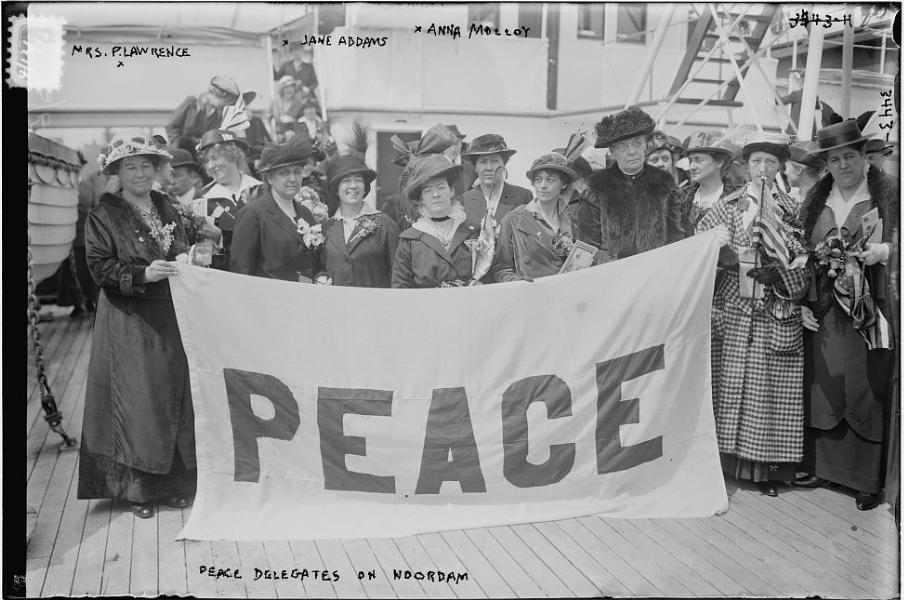


Qianwen Yu explores the musicality of traditional weaving through a combination of historical research and contemporary technology, interpreting the woven fabric as a map, as a score.

To commemorate the writings of W. E. B. Du Bois, Samuel Coleridge-Taylor turned to an unexpected source, Christina Rossetti, setting six of her poems for his Six Sorrow Songs.

Riché Richardson talks about what Whitney Houston meant to her as a Black teenager growing up in Montgomery, Alabama.

Riché Richardson talks about what Whitney Houston meant to her as a Black teenager growing up in Montgomery, Alabama.

Women’s covers of Rolling Stones’ songs demonstrate the practice of singers covering a previous cover rather than the original version of a song.
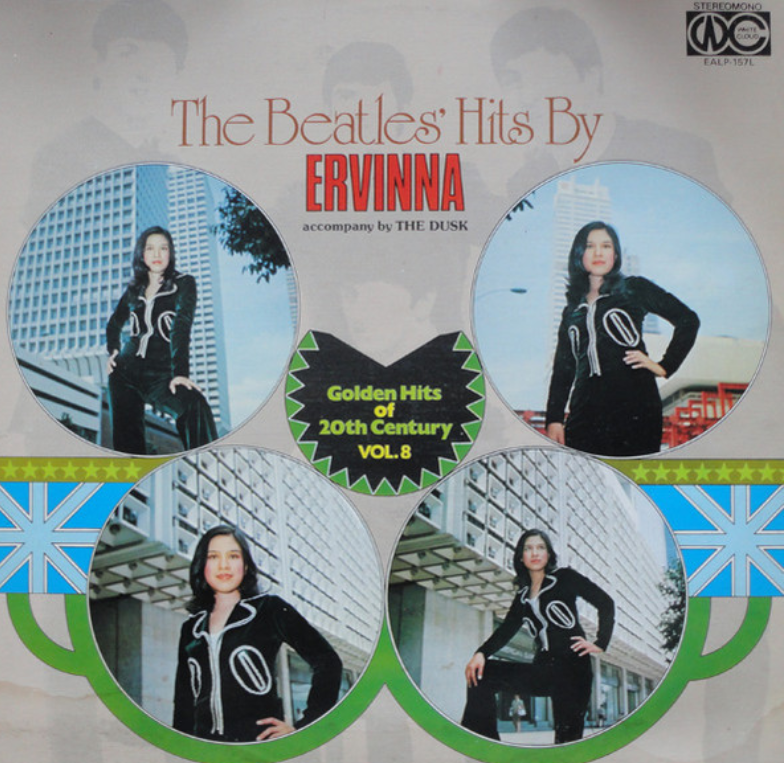
Translations and cover songs raise many of the same questions. This post (and playlist) looks at how young women transformed Beatles songs on their debut albums.
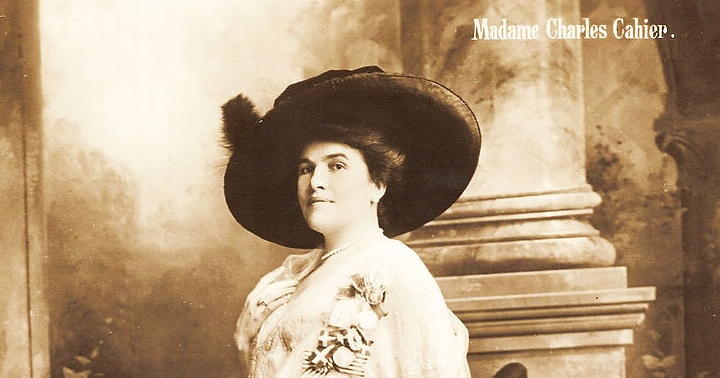
Now largely forgotten, Madame Charles Cahier was one of the most famous interpreters of Mahler’s vocal music. She, and the few recordings she made, deserve our attention.
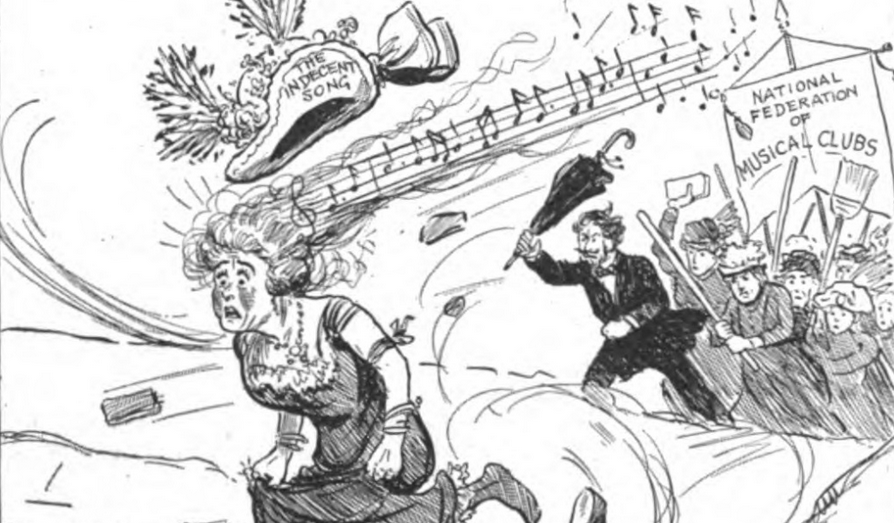
By 1913 the “indecency” of modern popular songs could no longer be ignored. Members of the National Federation of Music Clubs tried to fight back.

Candace Bailey pursues the determination of Harriett Abrams to be recognized for her songs from 1803, and especially in numerous publications of those songs.
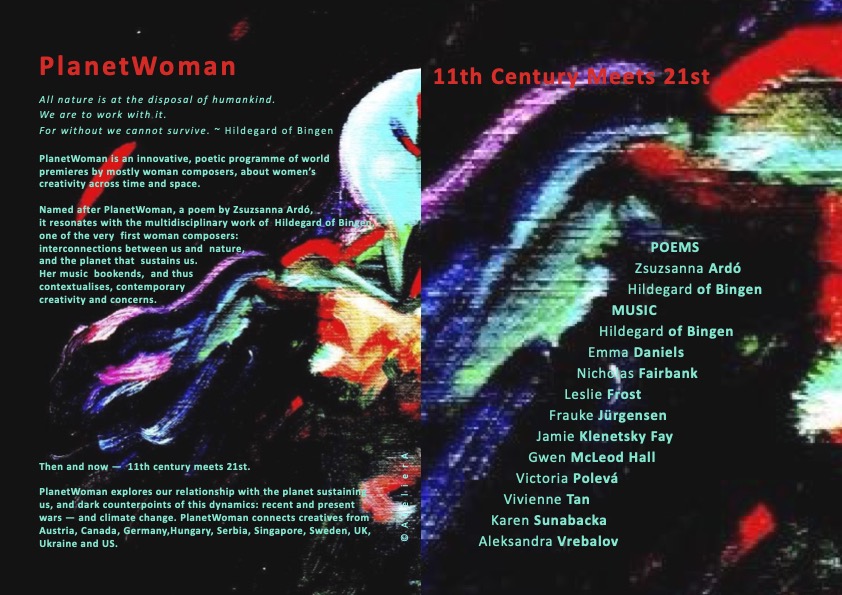
Coming next fall! PlanetWoman, an innovative program of world premieres by women composers setting poems by women. Zsuzsanna Ardó found her inspiration in writings of Hildegard of Bingen.